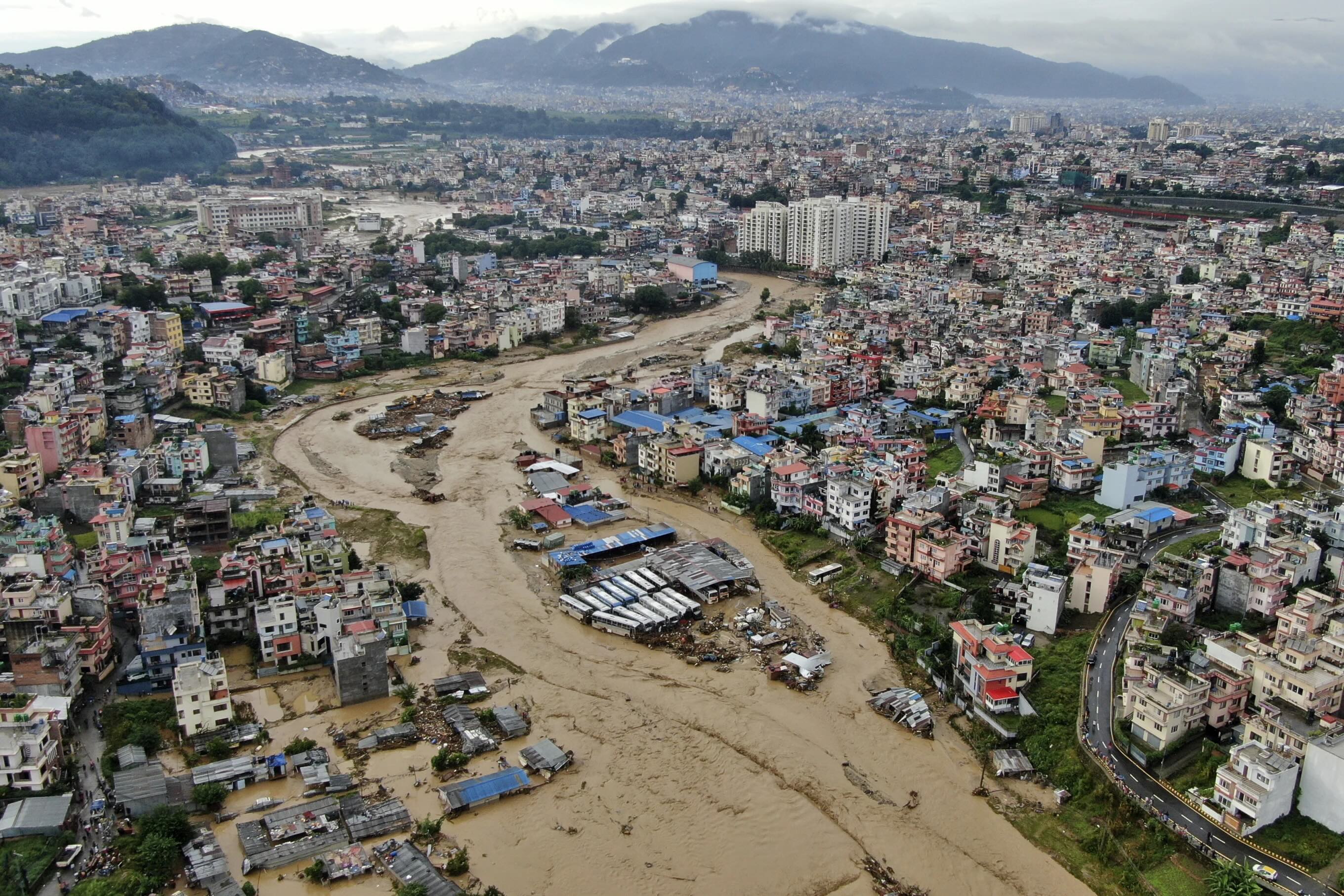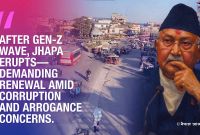Balen's Shocking U-turn: Is Kathmandu's Future Doomed by Climate Change and Supreme Court’s Bold Verdict?

Kathmandu faces an uncertain future as the city struggles with the growing threats posed by climate change, mismanagement, and inadequate urban planning. In a bid to address these concerns, the Supreme Court of Nepal recently issued a landmark decision outlining new criteria for construction along riverbanks. The guidelines emphasize sustainable development, restricting construction within a specified distance from the rivers in the Kathmandu Valley. These regulations aim to prevent environmental degradation, reduce the risk of floods, and ensure the long-term safety of both residents and the city's natural resources.
The court’s criteria include stringent measures to regulate urban growth, particularly on the banks of the Bagmati, Bishnumati, and other rivers flowing through Kathmandu. The new guidelines limit the construction of residential and commercial buildings near riverbanks, ensuring that sufficient space is left for flood management and water conservation. The goal is to prevent uncontrolled urban sprawl, which has been a major factor in increasing Kathmandu's vulnerability to natural disasters such as floods and landslides.
Initial Support and Subsequent U-turn by Mayor Balendra Shah
Upon the court’s decision, Kathmandu’s popular mayor, Balendra Shah (Balen), initially supported the ruling. Recognizing the long-term benefits of sustainable urban planning, he issued public notices advocating for the enforcement of these criteria. His initial statements created hope for many residents, as Balen’s leadership had been a breath of fresh air for Kathmandu’s urban woes. His message was clear: a well-regulated city would mean a safer, cleaner, and more livable future.
However, despite his initial enthusiasm, Balen later withdrew his support, sparking controversy. He publicly blamed the court and the old political establishment for decades of mismanagement that led to Kathmandu’s current fragile state. In his view, the Supreme Court’s decision, although necessary, came too late and was a reactive measure to years of poor governance. He emphasized that the deeper roots of Kathmandu's urban issues had been ignored, which left the city vulnerable to ongoing natural disasters.
This sudden shift in Balen’s stance raised eyebrows across the city. While his criticisms of the old political establishment resonated with his supporters, his reluctance to fully implement the court’s decision also revealed cracks in his leadership. His populist appeal remains strong, but his position on this critical issue has left many wondering whether his bold rhetoric can translate into real, long-term solutions.
Reluctance from Other Municipal Bodies
Adding to the complexity, municipalities throughout the Kathmandu Valley have also shown reluctance in enforcing the Supreme Court’s decision. Political and social pressures from powerful landowners, developers, and influential stakeholders have led to delays in implementing the court's orders. This widespread hesitation has further deepened Kathmandu’s vulnerability, leaving the city exposed to the escalating risks of climate change and urban mismanagement.
Consequences of Inaction: The Impact of Heavy Rain
Not long after the court’s ruling, Kathmandu experienced heavy rainfall that caused widespread damage, devastating the already fragile infrastructure of the city. Flooding, destruction of property, and loss of life underscored the urgent need for disaster preparedness and climate-resilient urban development. The court's guidelines, had they been enforced promptly, could have prevented much of the devastation.
Experts have warned that without swift and decisive action, Kathmandu may face increasingly severe natural disasters. With rising temperatures, more intense monsoons, and growing urban density, the risk of floods and landslides will continue to rise. Without proper measures, Kathmandu could become a “ghost city,” as parts of it may become uninhabitable.
The Role of Balendra Shah in Shaping Kathmandu’s Future
As Kathmandu’s mayor, Balendra Shah has the influence and platform to shape the city’s future. His immense popularity, particularly among young voters, puts him in a unique position to push for progressive change. Balen could use his leadership to tackle key global issues like climate change, human rights, and sustainable development. By aligning his policies with these broader global concerns, he could transform Kathmandu into a model city for climate resilience and social justice.
If Balen chooses to advocate for the full enforcement of the Supreme Court’s environmental criteria, he could set an example for other cities across Nepal. He has the potential to lead a movement for climate action, human rights, and sustainable urban growth. However, his hesitation and political maneuvering thus far raise concerns about whether he will be able to meet these challenges head-on.
Conclusion: Time for Bold Leadership
Kathmandu stands at a crossroads. The Supreme Court’s decision offers a clear roadmap for sustainable development, but without strong leadership and political will, the city’s future remains uncertain. Mayor Balendra Shah has the potential to champion climate action and secure a prosperous future for Kathmandu, but his reluctance to fully commit has left the city vulnerable. If bold decisions are not made now, Kathmandu risks environmental destruction and social decay, a fate that can still be avoided with the right leadership.




![From Kathmandu to the World: How Excel Students Are Winning Big [Admission Open]](https://nepalaaja.com/img/70194/medium/excel-college-info-eng-nep-2342.jpg)
